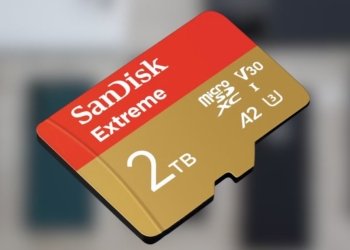When Google announced Gmail on April 1, 2004, it was met with skepticism and disbelief. The promise of 1 gigabyte of free storage for an email service was unheard of at the time, and many dismissed it as an elaborate April Fools’ Day joke. However, Gmail was no prank; it was a revolutionary step forward that would redefine the standards of email services.
The Dawn of a New Era in Email
Gmail’s introduction was a game-changer, offering a staggering 1 GB of storage at a time when 2 to 4 MB was the norm. This leap allowed users to keep their emails without the fear of running out of space. The integration of Google’s search technology meant that finding an old email became as easy as a web search, a feature that now seems indispensable but was revolutionary at the time.

The service also introduced conversation threading, which grouped related emails together, streamlining the user experience. Gmail’s impact was immediate and profound, forcing competitors to rapidly increase their storage offerings and improve their services.
Innovations That Shaped the Future
Gmail was not just about storage; it brought a suite of innovative features that are now standard in email communication. The service was among the first to offer built-in chat functionality, allowing users to communicate in real-time without leaving their inbox. It also pioneered the use of labels and filters, giving users powerful tools to organize their emails more effectively.
Another significant innovation was the introduction of targeted advertising based on email content, a controversial but profitable move that helped Google provide the service for free while monetizing its user base.
The Legacy of Gmail
Two decades later, Gmail remains a dominant force in email communication, with over a billion users worldwide. Its influence extends beyond email, having set the stage for a suite of productivity tools that have become integral to personal and professional lives.
Gmail’s success story is a testament to innovation and a user-centric approach. It challenged the status quo and demonstrated that with the right vision, even the most outlandish ideas could become reality.



































